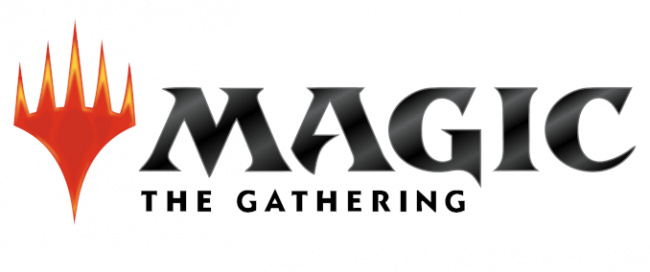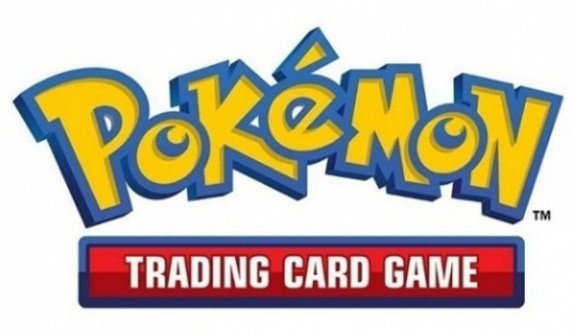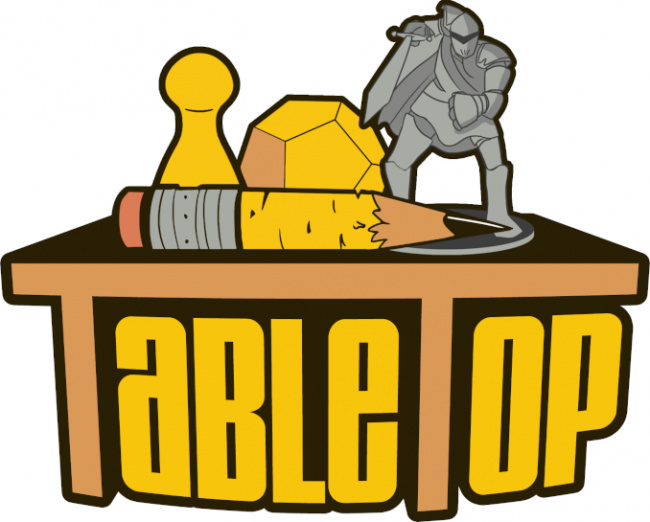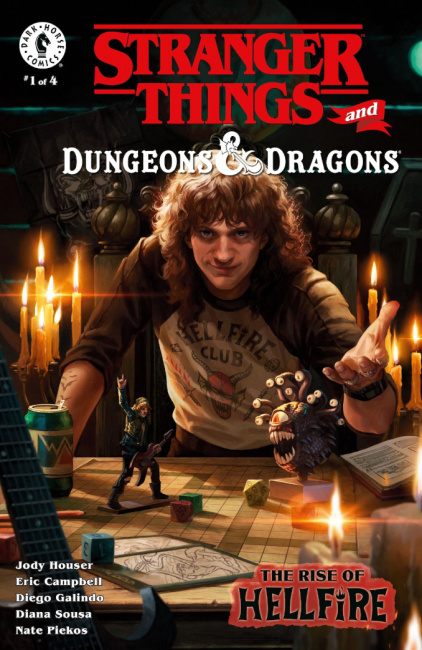Rolling for Initiative is a weekly column by Scott Thorne, PhD, owner of Castle Perilous Games & Books in Carbondale, Illinois and instructor in marketing at Southeast Missouri State University. This week, Thorne looks back at four pivotal game innovations that occurred over the 35 years since he founded his store, Castle Perilous Games & Books.
When I opened the store 35 years ago this month, I never expected to see the day when people like Cassius March (see “Former NFL Linebacker“) and Tom Brady getting into the business end of the hobby (see “NFL Legend“); or the day 12,000 people fill an arena to watch a group of people sitting around a table watching people play an RPG (see “12,000 Watch an RPG Session“). I felt like this was a good opportunity to reflect on some key innovations that sent the games industry down this path:
Magic: The Gathering. Although Dungeons & Dragons was the first major change to hit the games industry, it was around before we opened, and offering the community a place to purchase and play roleplaying games was the reason the store opened in 1990. Originally, when Magic: The Gathering released, our distributor sale representative tried to describe the game to us and did a good enough job to convince us to buy a deck and 2 booster packs of Alpha (yes, stores used to buy single decks and booster packs through distribution), which sat on the shelf until Gen Con 1993 when Magic demand swept through the convention and changed the gaming industry.
Pokemon TCG. As it had been noted in a recent ICv2 article (see “But Is It Flying Too Close to the Sun?“), we are seeing a revitalization of demand for Pokemon. It is hitting the levels we saw back in 2021-2022, when spurred by the shutdowns due to the pandemic, people remembered the Pokemon collecting of their youth and returned to it, only with far more money than their 10-year-old selves had! While there is a lot of demand for Pokemon today, I do not see kids standing in block-long lines or going to the new Pokemon movie multiple times just to get the new Pokemon promo card that released.
TableTop. Although there are dozens of shows online show off the newest in board and card games, as well as YouTube channels devoted to watching board game and TCG play, Wil Wheaton’s TableTop series started the trend (see “International TableTop Day 2014“). Although today’s series have made celebrities of the people playing the games, TableTop created interest in watching people play board games by bringing in celebrities and using them to draw viewership and attention to the games promoted. Although Geek & Sundry and TableTop get little attention today, they led the way in making watching people play boardgames and RPGs an acceptable way to pass the time.
Stranger Things. Although Dungeons & Dragons has always been the 500-pound gorilla in the hobby games room, it remained a niche hobby game until the first few seasons of Netflix’s Stranger Things (see “Stranger Things-Stranger Games“). Not only did Stranger Things generate enough interest in New Coke to bring it back for a limited time, but it also brough back the original generation of Dungeons & Dragons players into the hobby, as well as their kids. Yes, we saw large bumps in sales after the release of AD&D 2E, D&D 3E and 3.5E and yes, even 4E, but it was nothing like the demand Stranger Things helped generate for Dungeons & Dragons after the show began streaming.
Comments? What events do you think are pivotal in the game industry? Send them to castleperilousgames@gmail.com.
The opinions expressed in this column are solely those of the writer, and do not necessarily reflect the views of the editorial staff of ICv2.com.
Source: ICv2






